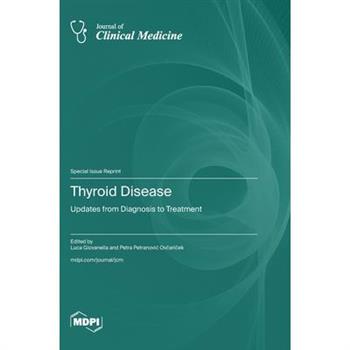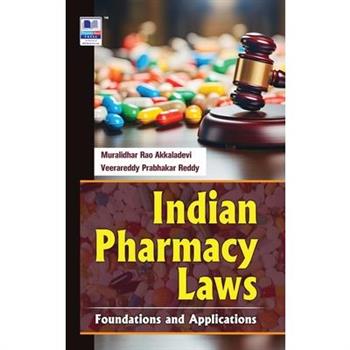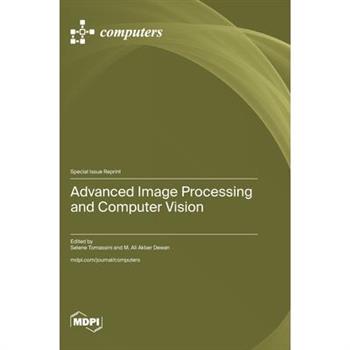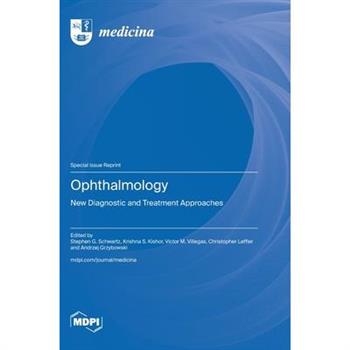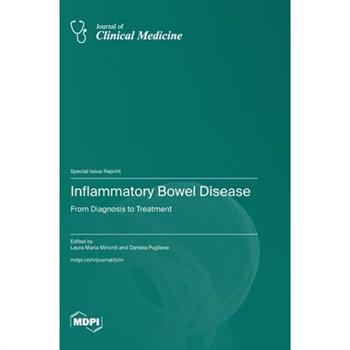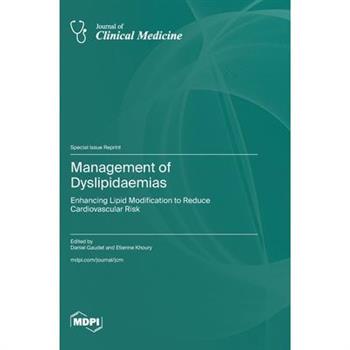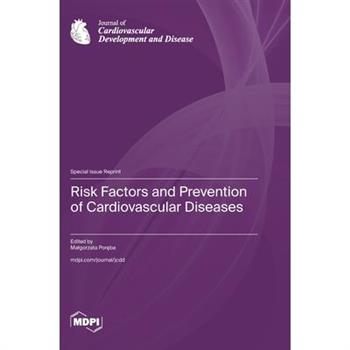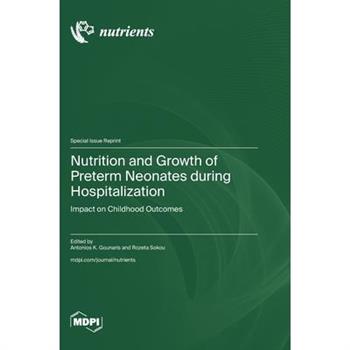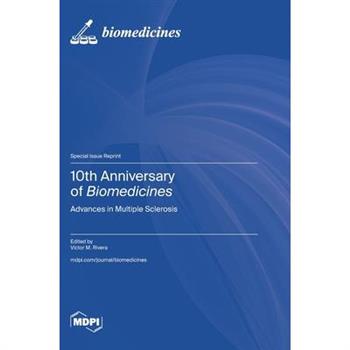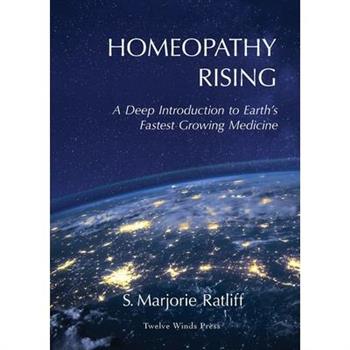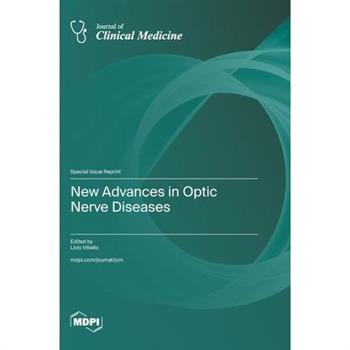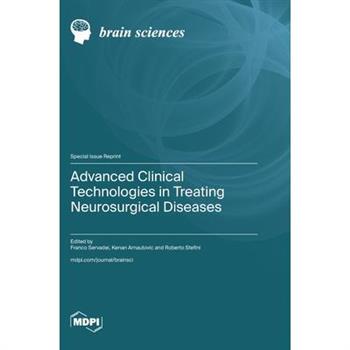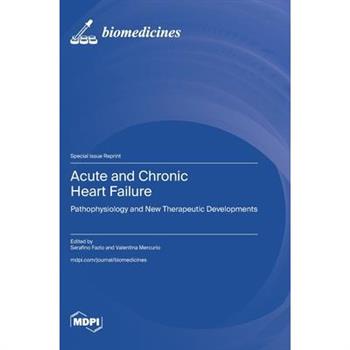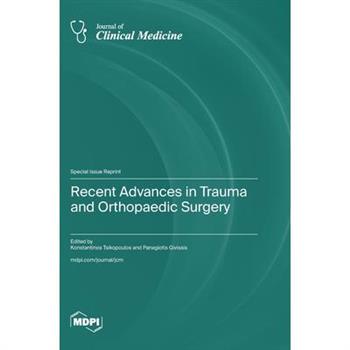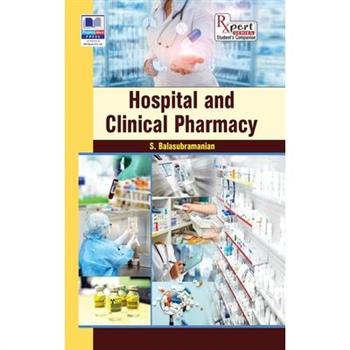Marine Anti-Inflammatory and Antioxidant Agents, 4th Edition
Nutrition and Growth of Preterm Neonates during Hospitalization
Complementary Therapies for Lymphedema
Advanced Clinical Technologies in Treating Neurosurgical Diseases
Mitochondrial Metabolism Alterations in Health and Disease
Mitochondria are key organelles responsible for cell energy production, and they are essential for eukaryotic life. They take part in critical metabolic pathways and are fully integrated into intracellular signaling networks, cellular differentiation, and apoptosis. Mitochondrial functions extend beyond cell boundaries and influence the organisms' physiology by regulating the communication between cells and tissues. Mitochondria are involved in a range of conditions, including inherited mitochondrial disorders, neurodegenerative diseases, dystrophies, heart failure, cardiac dysfunction, vascular diseases and atherosclerosis, pulmonary and respiratory disorders, renal diseases, metabolic disorders, diabetes, aging, and cancer. Therefore, they are attracting increasing attention with the aim of fully understanding the link between the mitochondrial metabolism and the dysregulation of many cellular processes.
Hospital & Clinical Pharmacy for Diploma
Hospital and Clinical Pharmacy is a perfect guide for D. Pharm [E.R 2020] students aspiring to have a flourishing career in pharmacy. This book is designed as per the latest syllabus and covers a wide range of topics in the field of pharmacy. With its 18 chapters the book covers a variety of subjects such as Hospital Pharmacy Hospital Committees Hospital Formulary Supply Chain and Inventory Control Management of Central Drug Store and Storage of Drugs Drug Distribution Compounding in Hospitals Radio Pharmaceuticals Application of Computers in Hospital Pharmacy Practice Clinical Pharmacy Pharmaceutical Care Medication Therapy Management and Home Medication Review Laboratory Tests Drug Information Center Poison Information Centre Pharmacovigilance Medication Errors and Drug Interactions. This book is written in an easy-to-understand language and includes model questions at the end of each chapter making it an ideal book for students preparing for their exams. Every chapter is neatly explained with sub-headings listed in the content s pages helping readers to locate the topic they want to read effortlessly. Hospital and Clinical Pharmacy holds significant importance in the pharmacy sector and this book covers all the essential topics needed to excel in this field. Whether you are a student or a professional pharmacist this book will enrich your knowledge and expand your understanding of the subject. Get your hands on this book today and embark on a journey towards a successful pharmacy career.









